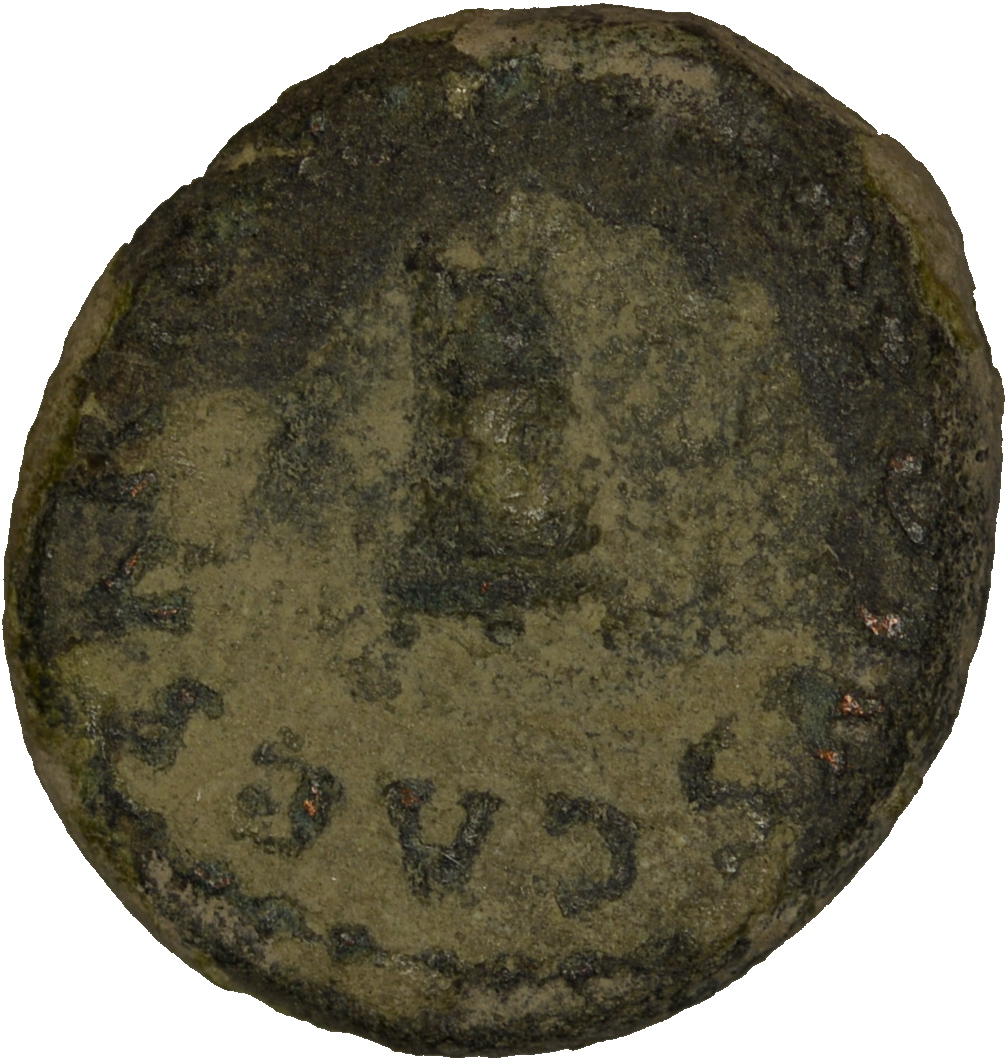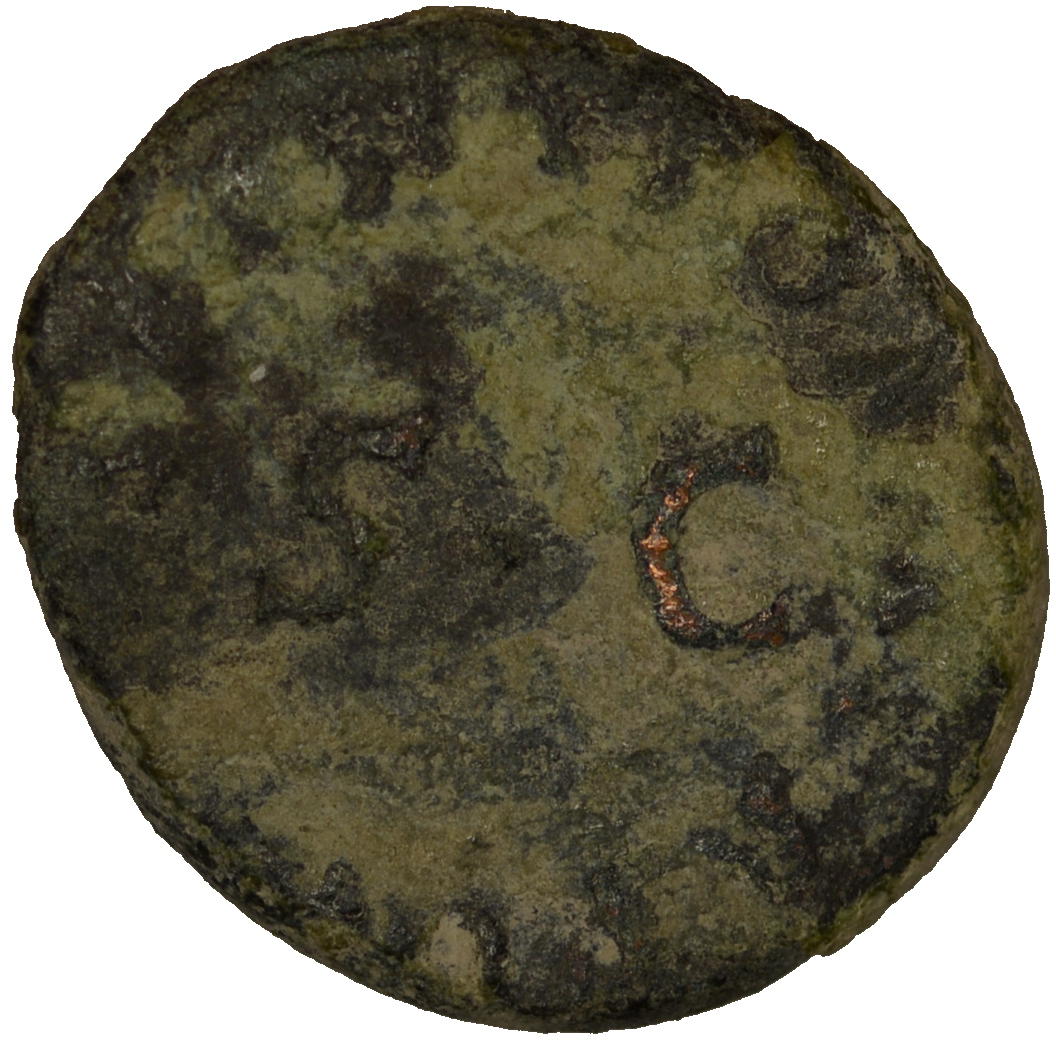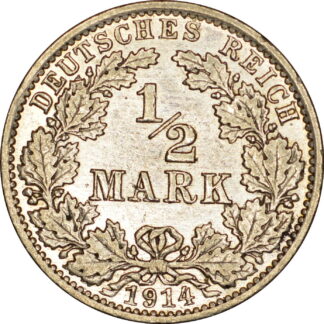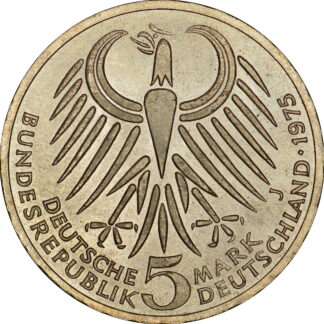Description
The first century before Christ, saw the continuous destabilization of the Roman Republic by civil wars. The culminating point was the appointment of Julio Cesar as perpetual dictator, and his subsequent murder in 44 B.C. This led to a new civil war, which would end Octavio”s victory in Actium in 31 BC. Subsequently, Octavio would accumulate magistrates and powers of the Republic, which would make him an emperor. Thus, in 27 B.C. The Senate appoints him “princeps” and gives him imperium Maius plus the title of Augustus, which converts him de facto, if not IURE (since the republican laws were maintained), in Emperor. In fact, the time of prosperity that opens with Octavio, means that within a republican legality, an imperial reality is maintained in which everything remains the same with the successor named, Tiberius. The Empire is divided into provinces, some senatorial and other imperial, with governors who have power within their province, but who lose it when they leave (in order to avoid the revolts of the most militarized provinces). In fact, this organization assured an unprecedented peace and development period, knowing the 200 years since Augustus, such as the Roman Pax. Many historians, including the contemporary Cassius, see in the rise of comfortable the beginning of the decline of the empire. In the year 212 with Caracalla, the Roman citizenship, formerly restricted, is established by decree to all citizens of the empire, but nevertheless the S.III will be plagued by instability, being normal for emperors will end up killed. Aureliano and Dioclecian at the end of the century, manage to gather and stabilize the empire. Dioclecian is the first to formally change the title of Prince, for the Lord. One of the reforms that has the most impact to stabilize in the short term, but that will be fatal in the long term is the change in the municipal collection that makes the magistrates subsidiaries of them. This will make many potentates leave the cities and are isolated in their villas, avoiding the payment of taxes, and progressively disconnecting the imperial gears. Thus, when you have to defend the Empire, there will be progressively less people willing to do so. Despite the divisions that are happening, it can be considered that these are temporary to Theodosius, which divides the empire into two parts that will no longer join. The structure that is generated within the Empire and that will survive to an end, is that of the Christian Church, which progressively goes from being ignored, to be persecuted, for the last time and with special violence by Dioclecian, and that becomes accepted with Constantine, and made official by Theodosius. The Roman monetary system suffers several reforms, originally (republican era) was based on the denarius, existing in copper/bronze, sextercio fractions (1/4), Dupondio (1/5), AS (1/10), and semis (1/2 as), Triens (1/3 as), Quadrans (1/4 as) and Uncia (1/12 as). Augusto reforms the system starting from a golden auro with value of 25 denarii, and the quaries aueo (1/2 solid) and argenteo (1/2 denarius), and changing the values of the bronzes where the dupondium becomes 1 /2 Sextercio, As 1/4 and so on. Caracalla will introduce the Antoninian as a double denarius (although without the corresponding weight). Diocletian will also reform the currency, as it was already very devalued, establishing the following system: the aureo is maintained and the argenoo is created (1/25 of Aureo as the denarius had before), and in turn it is divided into 4 nummus, 20 radiated , 50 laureate or 100 denarii. The final reform of Constantine changes the aureo for the solid or salary, which is divided into 12 thousands, which in turn are 2 silver siliquas each. 15 Follis makes a siliqua and Follis is formally composed of 40 nummus. Follis were normally pleased






Reviews
There are no reviews yet.